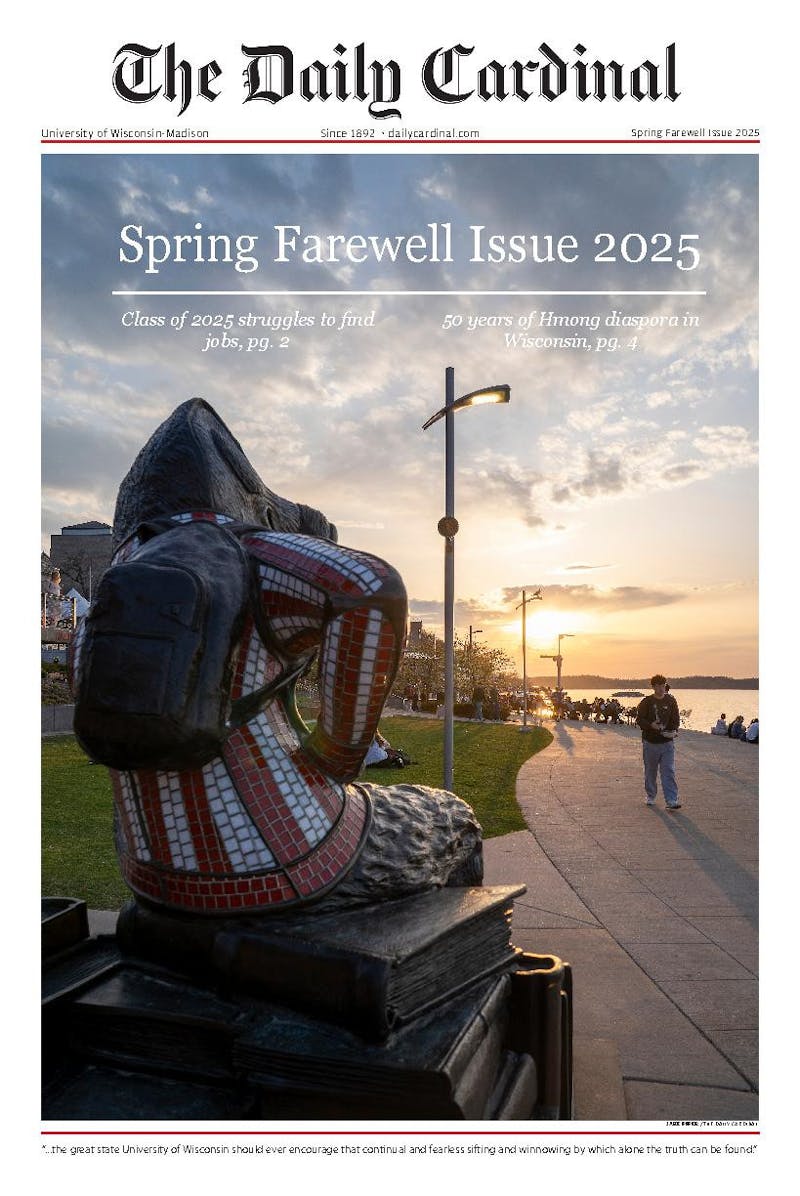Only hours after I was born, I rode in my first automobile (it was an ambulance, but that's another story). When I was 14, I flew on my first airplane, but I was 20 years old before I rode on my first train. Even then, it was only because I couldn't afford the plane ticket from Syracuse to Boston.
As soon as I sat down on that train, I wondered why I had never taken it before. It was great! I had tons of leg room, I didn't have to check my bags or go through security screening, I could plug in my laptop and watch movies, and all-in-all it took the same amount of time as it would have if I had flown - I just spent more of it traveling instead of waiting at the gate for my delayed flight. Oh yeah, that's the other great thing about taking the train: guaranteed connections!
Anyway, I've been taking the train for mid-distance travel ever since. Cross-country and I'll fly, two hours or less and I'll drive, but other than that, Amtrak's got my bid.
But comfort and convenience aren't the only reasons I love trains. They also happen to be the most carbon-friendly mode of transportation, according to www.carbonfund.org.
Trains can actually pull one ton of freight 400 miles and use only one gallon of fuel. And as far as passenger trains go, well, most people I know don't weigh nearly a ton.
As awesome as trains are, no college degree programs for railroad engineering exist anymore in the United States. The University of Illinois was the last school to discontinue its railroad program in 1982, according to C. Allen Wortley, engineering professional development professor emeritus at UW-Madison.
Wortley is trying to get schools to develop a railroad curriculum, which is great because as global climate change becomes more imminent with each passing year, the U.S. is going to need rail travel to survive.
As the first step to increasing the available education opportunities for the rail industry, Wortley organized the UW-Madison Railroad Engineering Program in 2001. It started with a survey course on civil engineering for rail. In 2008, the program offered eight two- to three-day course assemblages on topics ranging from maintenance to highway rail-crossing safety to train-bridge engineering.
Wortley says of the three legs of education - undergraduate, graduate and adult continuing education - his seminars contribute to the third leg. Between 25 to 80 professionals attend each seminar, he said.
Rail travel is not without its challenges, however, and the industry is looking for new railroad specialists to overcome these challenges. One challenge is safety when trains cross roads (and the noise that they make as they cross). Another is maintenance, and a third is the need for train bridges.
And of course, as with every industry, it needs money. According to Wortley, President Bush never funded Amtrak. But I fund Amtrak, and you can fund Amtrak, too. I'm not talking about donating half a million dollars to the railroad industry. Just consider the pros and cons when it comes to traveling home for the holidays.
Who knows, after deliberating over hassle, cost, comfort, convenience, environmental effects and the bottom line, you might find taking the train will work out in your favor too.





